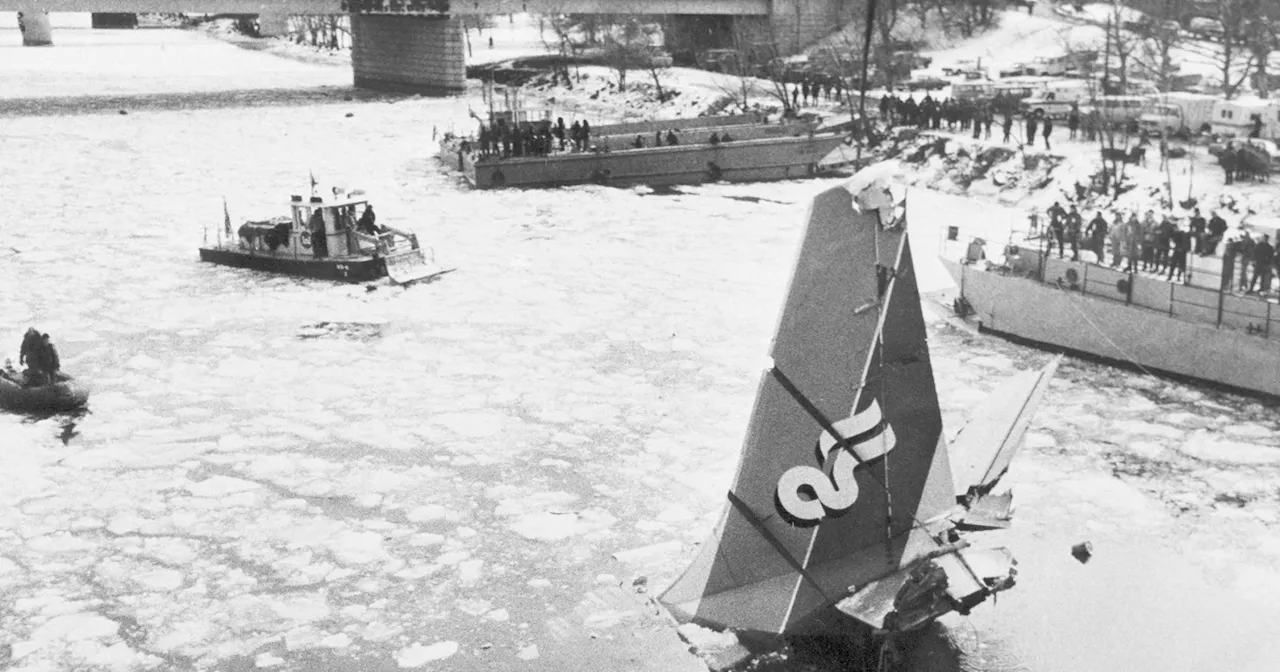This article examines the similarities and differences between two devastating air crashes on the Potomac River, separated by 43 years. The first, Air Florida Flight 90 in 1982, resulted in 78 fatalities and led to significant changes in aviation safety. The second, involving a collision between a commercial airliner and a helicopter, occurred in January 2023, raising questions about the safety of Reagan National Airport.
Watching the grim images of watercraft recovery efforts working to salvage the wreckage from the Potomac River, where more than 67 people died following the deadly crash of an American Airlines commercial craft and a military helicopter, it's hard not to recall a similar scene on another bitterly cold January day, 43 years ago. On Jan.
13, 1982, Air Florida Flight 90, a Boeing 737 with 74 passengers and a crew of five onboard, took off from what was then called Washington National Airport and clipped the 14th Street Bridge, crammed with rush-hour traffic. Seven vehicles were crushed, killing three commuters and seriously injuring several others. The plane broke into pieces and plunged through the ice into the river. Five survivors, desperately clinging to wreckage in the middle of the Potomac, were plucked from the water in a daring rescue by a U.S. Park Police helicopter. Lenny Skutnik, a 28-year-old clerk at the Congressional Budget Office, dove into the water to help rescue one of the survivors and instantly became a celebrity hero. Since 1982, there has not been a major commercial aviation incident at what's now Ronald Reagan Washington National Airport. Until now. Obviously, there are significant differences between the Flight 90 crash and the midair collision that occurred last Wednesday night. But, beyond the profound grief of family members and friends of the passengers and crew, there are some commonalities. After a catastrophic event, it’s natural to want answers. How could this possibly happen? Who is to blame? Although it is still early in the recovery and information-gathering stage of the investigation, there has been no shortage of opinions about possible causes of the incident. Some are questioning, once again, the safety of Reagan National Airport. Located on 733 acres of reclaimed land at a bend in the Potomac River, Reagan National Airport is one of the smallest international airports in the U.S., and one of the busiest. In 2023, more than 25.5 million passengers traveled through an airport designed for 15 million annual passengers. Reagan National Airport's main runway is the busiest runway in the U.S., used by 800 planes every day. This means that there is a takeoff or landing roughly every 60 seconds throughout most of the day. Adding to the traffic are helicopters operated by various entities: U.S. Park Police, Maryland State Police, D.C. Metropolitan police, the military and Marine One, among others. Between the volume of air traffic and the variety of aircraft, the airspace in the Washington area is among the most complicated and restricted in the country. Just two miles north of National is a prohibited zone, known as a P-56 restricted airspace, that extends over the National Mall from the Lincoln Memorial to the U.S. Capitol and includes the White House. To avoid restricted airspace and to minimize noise in neighboring residential communities, planes departing National Airport are required to take a tortuous, zig-zagging route up the Potomac River, making five turns at precise points over the water. In the aftermath of Wednesday’s crash, people are asking why the overcrowded National Airport continues to exist at all, given the existence of two larger, more modern facilities — Dulles International Airport and Baltimore/Washington International Thurgood Marshall Airport — within reasonable proximity. The answer is convenience. National is valued by members of Congress, government officials and those doing business in Washington. The airport is just across the Potomac, four miles by road to the White House and five miles to Capitol Hill, with direct Metrorail subway access. The other airports are an hour away. So National remains. Despite the obvious risks, aviation incidents at Reagan National Airport are exceedingly rare. It’s been 43 years since Flight 90, which was 33 years after the previous fatal commercial aviation incident. In a strikingly similar set of circumstances, on Nov. 1, 1949, a Bolivian pilot training with a fighter plane collided with an Eastern Airlines DC-4 aircraft. Both planes plunged into the Potomac River near Hain’s Point, not far from the site of the Flight 90 crash and Wednesday’s midair collision. The Bolivian pilot survived with severe injuries, but 55 aboard the DC-4 were killed. Flight 90 was one of the most pivotal aviation incidents in recent history. It led to changes in de-icing practices at airports, changes in pre-flight safety instructions for passengers, and a redesign of outdated personal flotation vests that had been unchanged since World War II. The things that went wrong on Jan. 13, 1982 were corrected so they wouldn’t happen again. Every person who flies a commercial airliner today is safer because of the Flight 90 tragedy. Last Wednesday’s midair collision was particularly shocking because of its rarit
AIR CRASH AVIATION SAFETY REAGAN NATIONAL AIRPORT POTOMAC RIVER FLIGHT 90 AIR FLORIDA WASHINGTON D.C.
United States Latest News, United States Headlines
Similar News:You can also read news stories similar to this one that we have collected from other news sources.
 Air Florida Flight 90 Crash: A Haunting Reminder of 1982 Potomac River TragedyForty-three years after Air Florida Flight 90 plunged into the Potomac River, the harrowing rescue efforts are revisited in light of a recent midair collision. The 1982 crash, fueled by winter weather conditions, resulted in numerous fatalities. A handful of survivors, including Priscilla Tirado, fought for their lives in the icy waters. The courageous act of Lenny Skutnik, who bravely jumped into the river to save Tirado, became a defining moment of the tragedy. Archival footage of the rescue, captured by photojournalist Chester Panzer, remains a powerful testament to the human spirit in the face of disaster.
Air Florida Flight 90 Crash: A Haunting Reminder of 1982 Potomac River TragedyForty-three years after Air Florida Flight 90 plunged into the Potomac River, the harrowing rescue efforts are revisited in light of a recent midair collision. The 1982 crash, fueled by winter weather conditions, resulted in numerous fatalities. A handful of survivors, including Priscilla Tirado, fought for their lives in the icy waters. The courageous act of Lenny Skutnik, who bravely jumped into the river to save Tirado, became a defining moment of the tragedy. Archival footage of the rescue, captured by photojournalist Chester Panzer, remains a powerful testament to the human spirit in the face of disaster.
Read more »
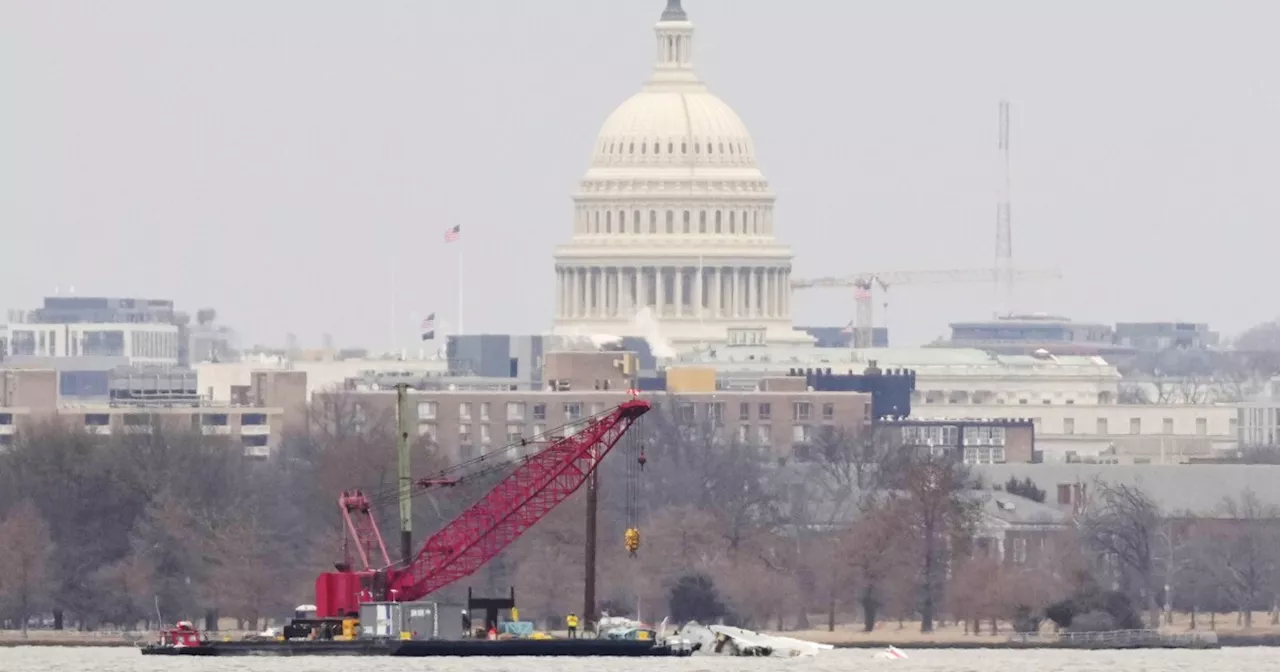 Potomac River Tragedy: Wreckage Recovery Underway After Deadly Mid-Air CollisionRecovery efforts are underway in the Potomac River following a fatal mid-air collision between an American Airlines jet and a U.S. military Black Hawk helicopter. All 67 passengers aboard both aircraft perished in the crash, and authorities are working to recover the remains of those still unaccounted for.
Potomac River Tragedy: Wreckage Recovery Underway After Deadly Mid-Air CollisionRecovery efforts are underway in the Potomac River following a fatal mid-air collision between an American Airlines jet and a U.S. military Black Hawk helicopter. All 67 passengers aboard both aircraft perished in the crash, and authorities are working to recover the remains of those still unaccounted for.
Read more »
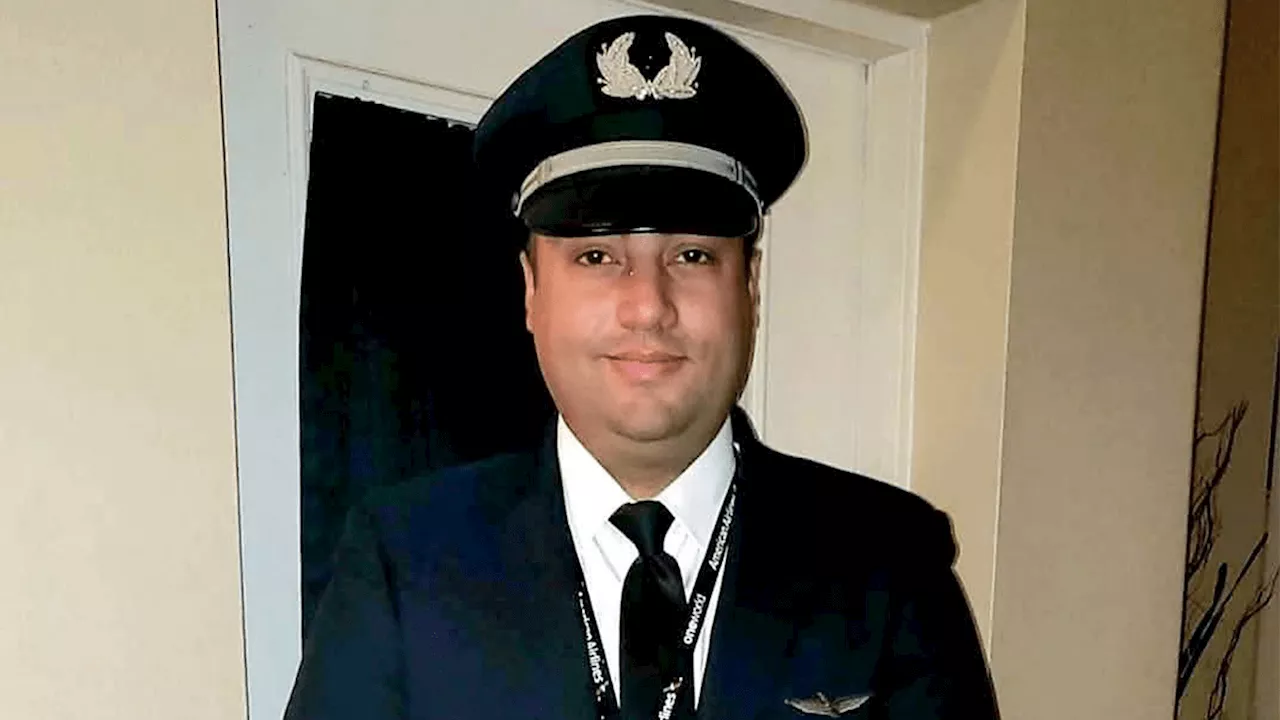 Tragedy Strikes as Pilot Jonathan Campos Perishes in Potomac River CollisionA valued flight instructor and American Airlines Captain, Jonathan Campos, lost his life in a fatal collision between an Army Blackhawk helicopter and an American Airlines jet over the Potomac River. The National Transportation Safety Board is investigating the cause of the crash.
Tragedy Strikes as Pilot Jonathan Campos Perishes in Potomac River CollisionA valued flight instructor and American Airlines Captain, Jonathan Campos, lost his life in a fatal collision between an Army Blackhawk helicopter and an American Airlines jet over the Potomac River. The National Transportation Safety Board is investigating the cause of the crash.
Read more »
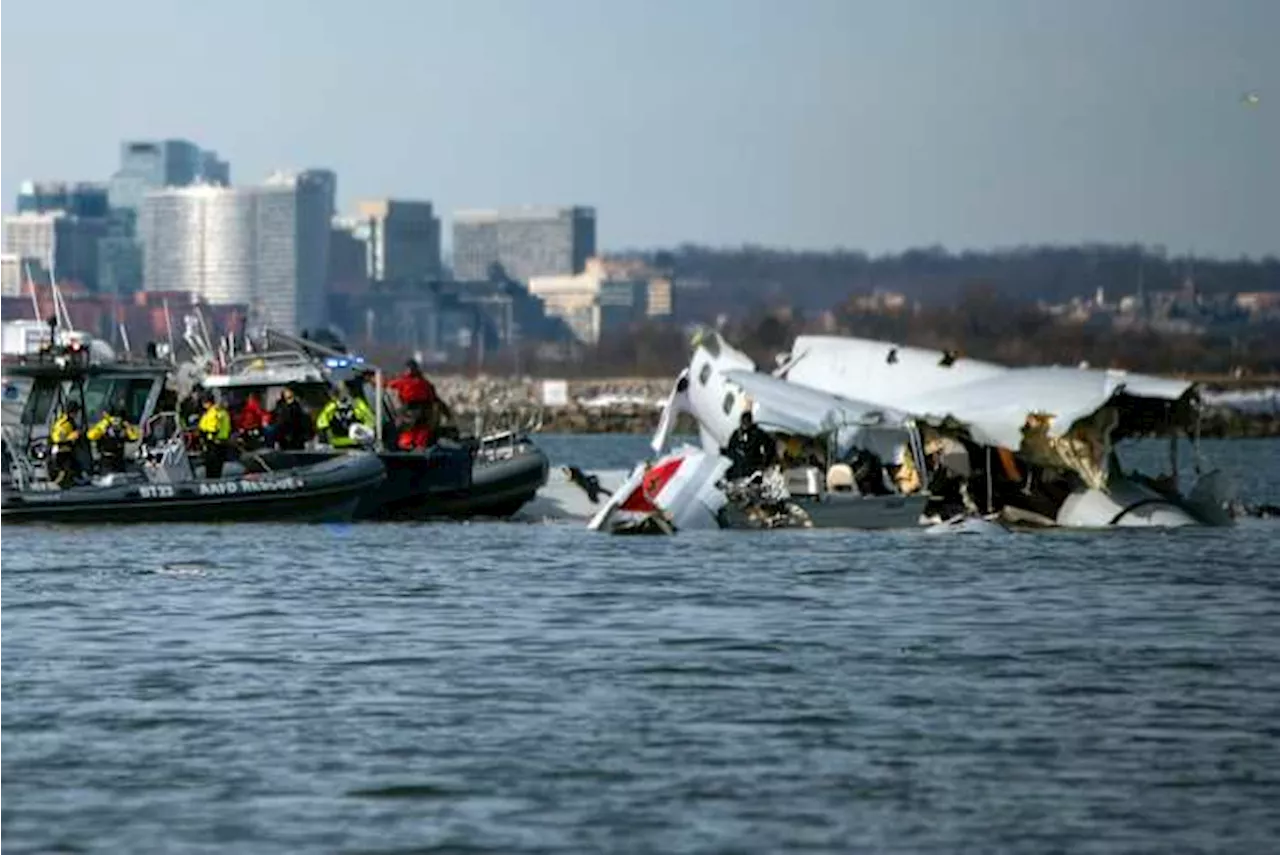 Potomac River Crash: Tragedy Strikes Near WashingtonA passenger airliner and an Army helicopter collide in the Potomac River near Ronald Reagan Washington National Airport, triggering a massive search and rescue operation.
Potomac River Crash: Tragedy Strikes Near WashingtonA passenger airliner and an Army helicopter collide in the Potomac River near Ronald Reagan Washington National Airport, triggering a massive search and rescue operation.
Read more »
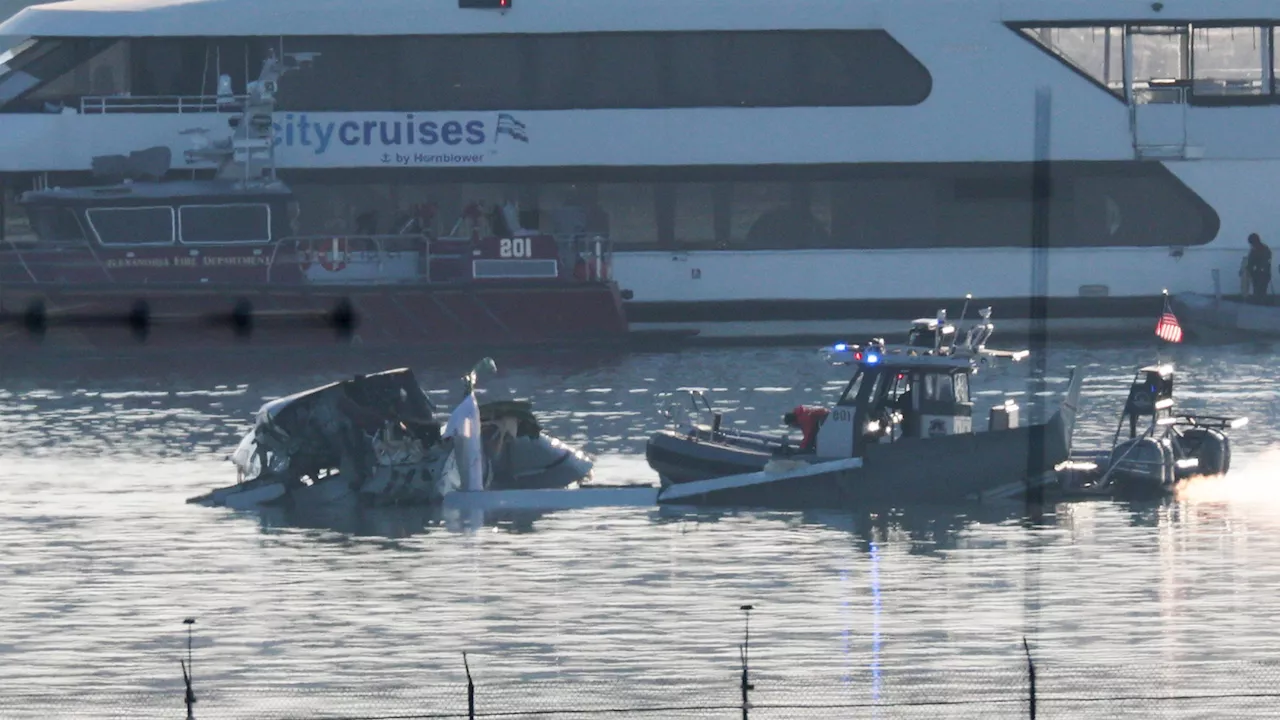 Potomac River Plane Crash: Tragedy and Investigation UnderwayA devastating plane crash in the Potomac River near Washington, D.C. resulted in the loss of all 64 passengers and crew aboard the American Airlines regional jet, as well as three soldiers on board the collided Black Hawk military helicopter. The NTSB has launched a full investigation to determine the cause of the crash, while President Trump offered condolences and assured the nation that authorities are committed to finding answers.
Potomac River Plane Crash: Tragedy and Investigation UnderwayA devastating plane crash in the Potomac River near Washington, D.C. resulted in the loss of all 64 passengers and crew aboard the American Airlines regional jet, as well as three soldiers on board the collided Black Hawk military helicopter. The NTSB has launched a full investigation to determine the cause of the crash, while President Trump offered condolences and assured the nation that authorities are committed to finding answers.
Read more »
 Potomac River Tragedy: 64 Killed in Plane-Helicopter CollisionA commercial aircraft and a helicopter collided over the Potomac River, resulting in the deaths of all 64 passengers and crew onboard. The crash claimed the lives of 14 members of the figure skating community and three Army soldiers on a training mission. The incident has left a community devastated, with families, friends, and colleagues mourning the loss of loved ones.
Potomac River Tragedy: 64 Killed in Plane-Helicopter CollisionA commercial aircraft and a helicopter collided over the Potomac River, resulting in the deaths of all 64 passengers and crew onboard. The crash claimed the lives of 14 members of the figure skating community and three Army soldiers on a training mission. The incident has left a community devastated, with families, friends, and colleagues mourning the loss of loved ones.
Read more »
